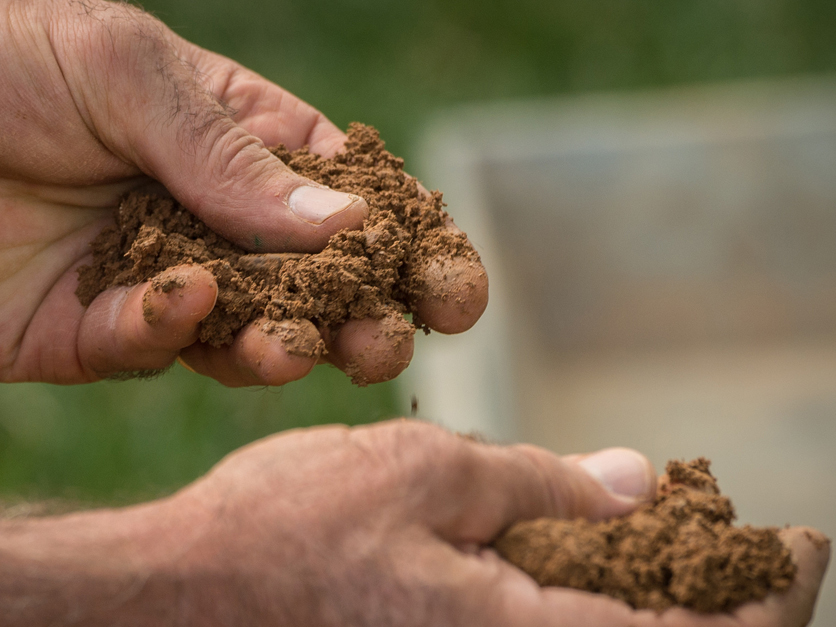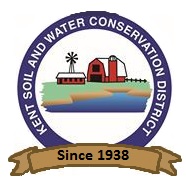
Five Principles of Healthy Soil
- Increase Plant Diversity
- Use a good crop rotation or a mixed species cover crop to increase diversity. Different crops take up and put back different nutrients. Legumes such as soybeans or clover can fix nitrogen into the soil which crops like corn or wheat need to grow which can reduce fertilizer demand. Brassicas such as tillage radish can help reduce compaction and improve water infiltration. Rotating and diversifying crops can help suppress disease and insects that are specialists to one plant. Plant diversity mimics what is found in nature to build the best soil ecosystem.
- Armor Your Soil
- Healthy soils is rarely seen. A good cover of crops, cover crops, and crop residue help protect the soil against water and wind erosion, reduce soil temperature, prevent compaction, reduce weed pressure, provide habitat for beneficial predators that eat pests.
- Minimize Disturbance
- Reducing tillage means reducing the damage done to the soil structures. Reducing physical disturbance can help reduce erosion and compaction and it can build organic matter because when tillage exposes organic matter to oxygen it rapidly decomposes.
- Always have a Living Root
- Having something growing in the soil all times. Plant cover crops early for best fall growth, and let them grow late into the spring. “Planting Green” or planting cash crop directly into living cover crop is a way to extend the season of living cover crop roots. Plants sequester carbon from their air and bring it into the soil in the form of root exudates which are an important part of the soil food web. Living plants can help to suppress weeds, provide habitat, and protect the soil from erosion.
- Integrate Livestock
- Livestock can bring everything full circle. They eat the crop residue and cycle back nutrients in the form of manure. Manure has lots of micro-nutrients that plants need that is often not present in commercial fertilizer. Livestock can help manage weeds in lieu of herbicide.
Websites on increasing and maintaining soil health.
https://www.nrcs.usda.gov/wps/portal/nrcs/main/md/soils/health/ https://extension.psu.edu/soil-quality-information https://www.nrcs.usda.gov/wps/portal/nrcs/main/soils/health/ https://www.nrcs.usda.gov/wps/portal/nrcs/detailfull/national/soils/health/?cid=stelprdb1048858
